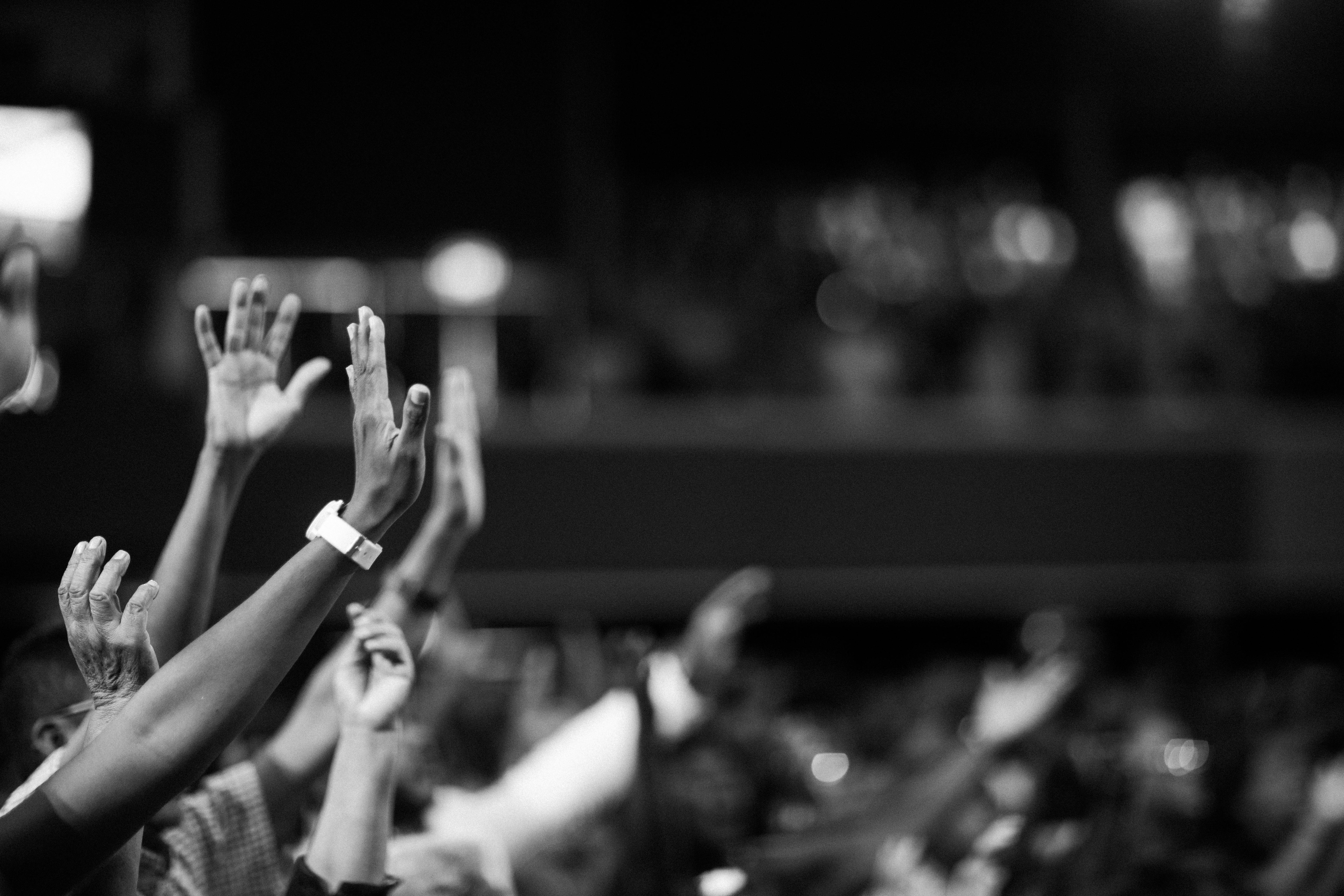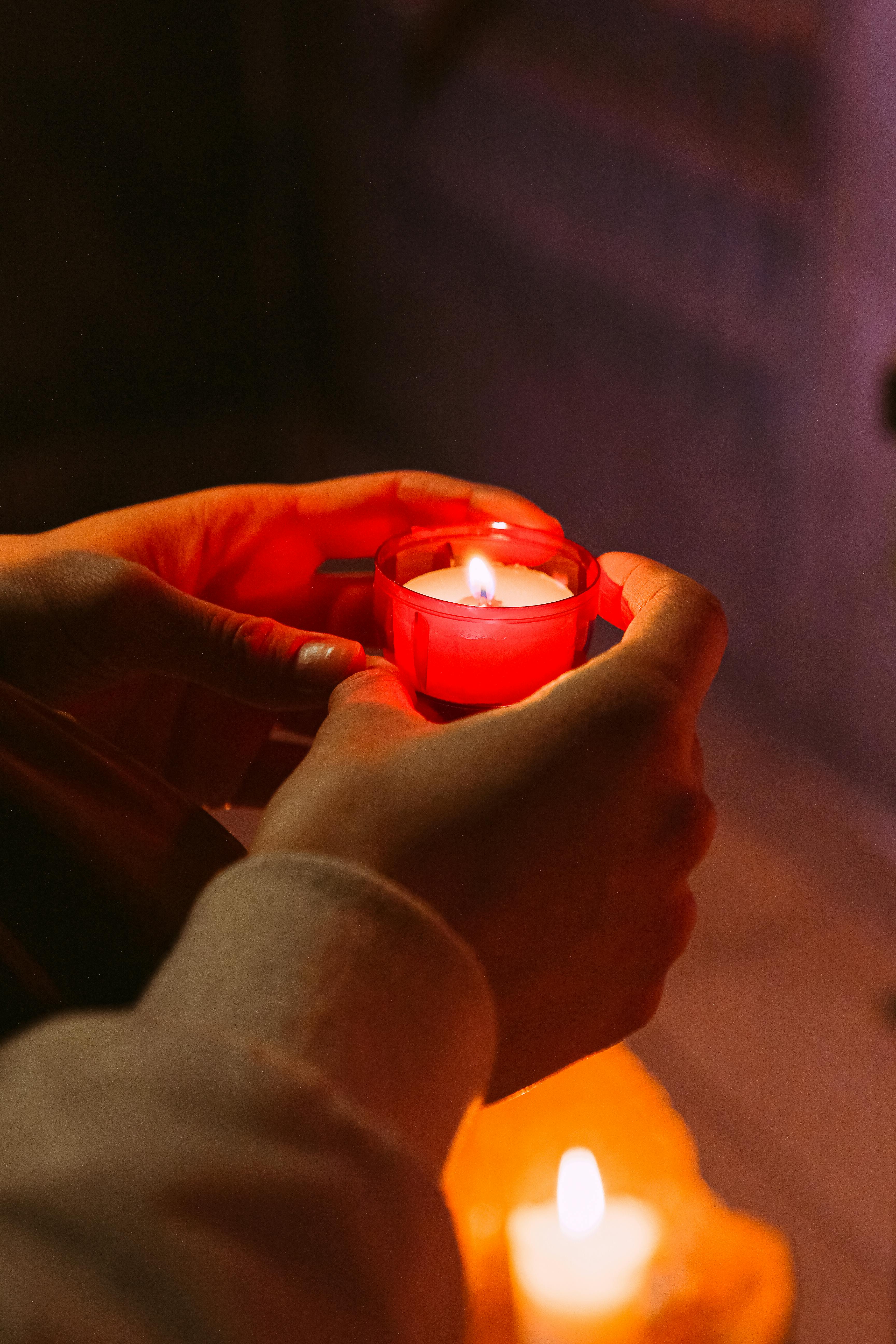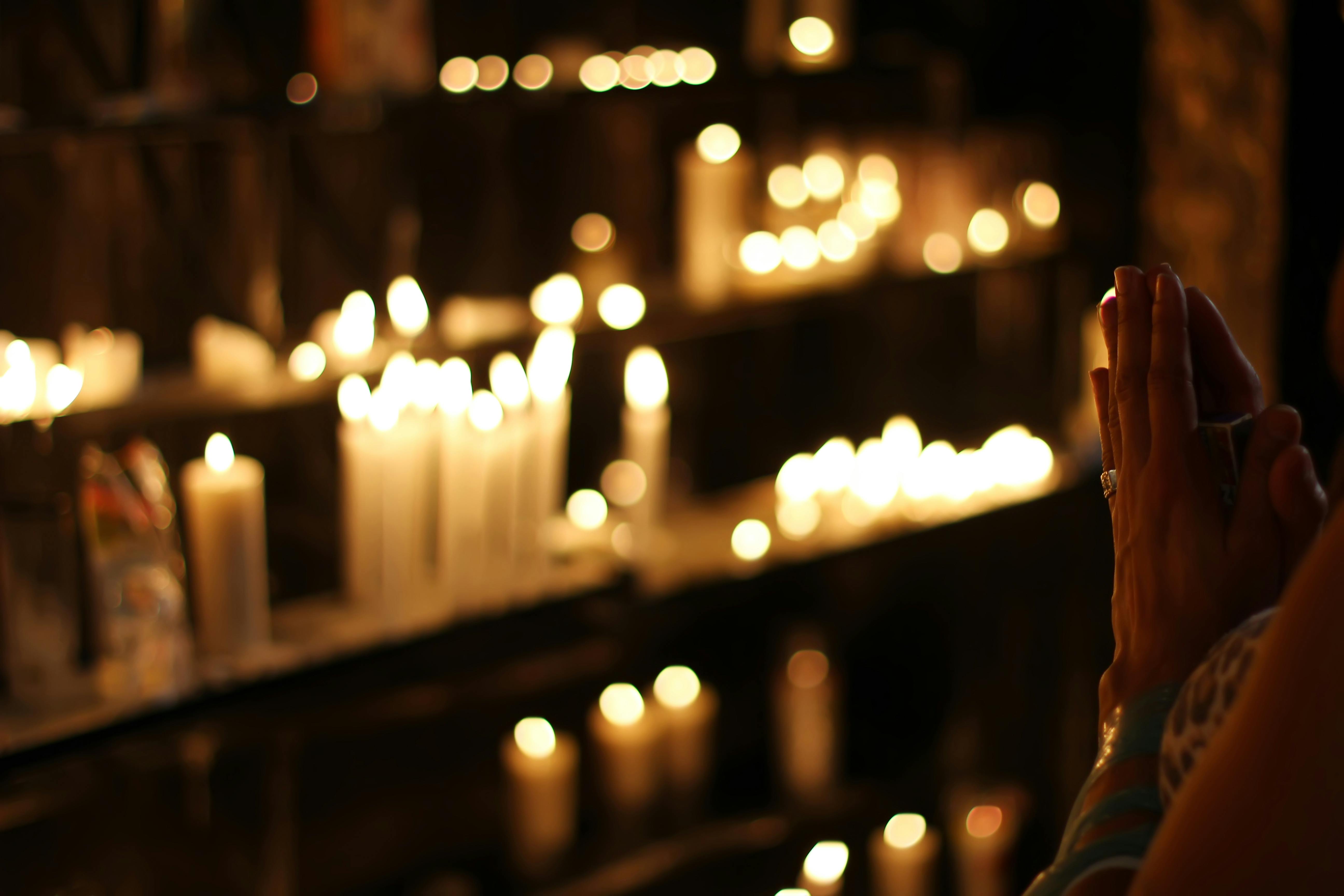Get A Better Definition Of Freedom

When modern Americans talk about freedom, we tend to mean freedom from constraint. Our Supreme Court provided one of the clearest statements of this late American sense of freedom in its infamous decision upholding the legality of abortion, Planned Parenthood v. Casey: “At the heart of liberty is the right to define one’s own concept of existence, of meaning, of the universe, and of the mystery of human life.” As a result of this anemic excuse for liberty, tens of millions of babies have been aborted, with countless other Americans struggling under various forms of spiritual bondage.
Yet that notion of freedom—the absence of authority—has little to do with a biblical understanding of liberty, as Brad Littlejohn, founder of the Davenant Institute, shows in his book Called to Freedom: Retrieving Christian Liberty in an Age of License. His project attempts to retrieve a theology of Christian freedom, especially from Reformation-era Protestant sources.
Littlejohn’s central claim is that all freedoms are interconnected; they are the fruit of spiritual freedom. He writes, “Spiritual freedom makes possible both moral and political freedom; moral freedom both fosters and is fostered by political freedom; political freedom, in the proper sense, helps nurture a society in which the gospel has room to do its work, a society of truly free men and women” (84).
Littlejohn works out his rehabilitation of Christian freedom in multiple dimensions: political, technological, economic, and religious. His critiques of economic freedom and religious liberty provide key evidence of the value and limits of his argument.
Exposing the Allure of Mammon
Americans (especially American politicians) love to talk about economic freedom, and for good reason. We enjoy the benefits of “the magic of the Industrial Revolution,” in which “goods and services once seen as rare luxuries were converted into staples.” Although Littlejohn has “no desire to go back to the days when indoor plumbing was a rare luxury,” he makes a strong case that these blessings of the free market have come with substantial costs (112).
There’s a temptation, Littlejohn fears, to “baptize free-market capitalism as God’s own economic paradigm and to rummage through the Scriptures in search of proof-texts for the prescriptions of Milton Friedman and Friedrich Hayek” (108). As much as I think these economists’ best insights reflect God’s natural law, it’s true that America is uniquely susceptible to the prosperity gospel, a doctrinal error that is especially harmful to the poor. Read the Bible and you’ll find that wealth and sanctification are only clumsily coordinated.
As much as I think these economists’ best insights reflect God’s natural law, it’s true that America is uniquely susceptible to the prosperity gospel.
But for all the dangers of Mammon, greed, and prodigality that Littlejohn details, he seems to minimize the ways markets enable us to serve one another. Long before Adam Smith cribbed the language of “Divine Providence” to talk about the “invisible hand,” Christians found promise in market transactions. For example, the 14th-century Christian mystic Catherine of Siena argued that God “could easily have created men possessed of all that they should need both for body and soul, but [he wishes] that one should have need of the other, and that they should be [God’s] ministers to administer the graces and the gifts that they have received.” When rightly ordered, markets enable that mutuality through common grace, reflecting the social nature of human beings.
Resisting the Erosion of Liberalism
More controversial still is Littlejohn’s critique of the American concept of religious liberty. Here, more than with any other issue, he demonstrates his deep reliance on the magisterial reformers, who sometimes used their power to punish what they deemed false doctrine. Faithfully representing this tradition, Littlejohn affirms the goodness of “liberty of conscience” but argues that “it does not automatically follow that there should be liberty of worship or proselytizing or religious exercise” (136). Littlejohn makes clear that the state has a right to restrain the public expression of false religions, at least in principle.
It’s true that in many cases, our notion of religious liberty has run amok. Littlejohn notes, “The culture of toleration once promoted by political philosophers like John Milton and John Locke has been replaced with a culture of affirmation” (138). There’s a rising tide of libertinism masquerading as religious freedom, as some abortion advocates have even attempted to claim religious protections in taking the lives of the unborn.
Yet Littlejohn is also careful to note that “replacement of coercion with persuasion was made possible in large part by the immense expansion of education and literacy that followed the Reformation” (136–37). Many of the radical reformers, and contemporary Christians who hold a different view of baptism from the magisterial reformers, might beg to differ about the merits of state power constraining religious practice.
There’s a rising tide of libertinism masquerading as religious freedom.
As much as promoting right worship is a healthy desire, Littlejohn is wrong when he argues that freedom of proselytizing, worship, and religious exercise is merely a contingent good, an American “luxury of superpower status” (141). Before Locke’s written defense of religious toleration was widely available, Americans practiced it in the colonies of Roger Williams and William Penn. And, even earlier, John Chrysostom argued that “Christians above all men are not permitted forcibly to correct the failings of those who sin.” These examples don’t settle the issue, but they do undermine the notion that religious liberty is an exclusively modern ideal.
Encouraging Theological Retrieval
Called to Freedom is a welcome effort at theological retrieval. By his expertise and knowledge of sources, Littlejohn reminds us that studying historical Christian thought can aid us as we seek, in the words of the U.S. Constitution, to “promote the general Welfare, and secure the Blessings of Liberty to ourselves and our Posterity.” Public theological engagement is good, not just for the church but for the world. Littlejohn’s retrieval efforts shed light on modern misunderstandings of freedom to help us see its failings, even when we disagree with his conclusions.
This book’s central theme aims at the heart of the gospel: the acknowledgment that “all true freedom must start by resolving the problem at the heart of human existence: the alienation between God and man due to sin” (21–22). Littlejohn’s focus on pursuing true freedom in Christ makes this a valuable resource for pastors and church members trying to understand Christian liberty in a licentious age.

